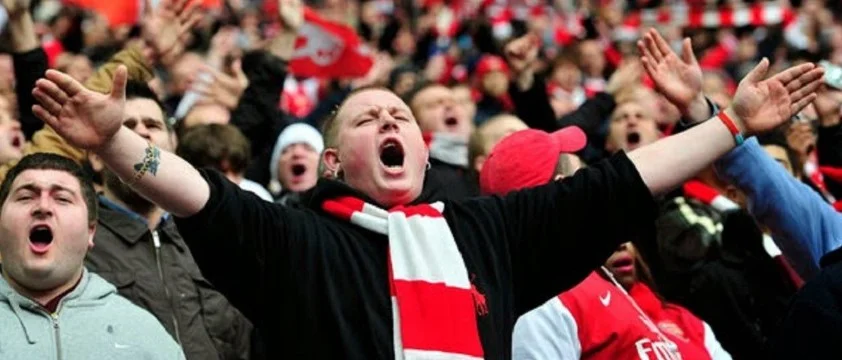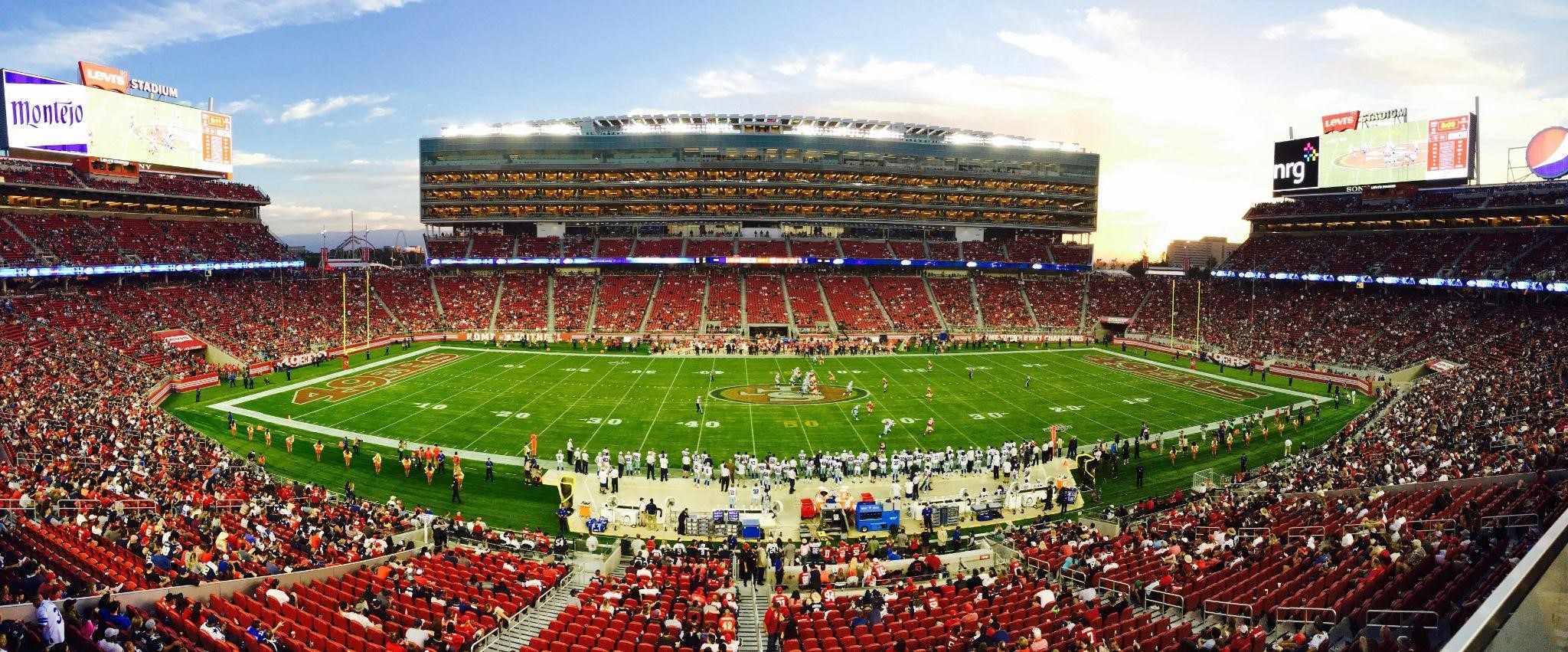The MLS’ Incredible Growth
Twenty years ago, MLS was the butt of world footba

Twenty years ago, MLS was the butt of world football’s jokes, the home of crazy football franchises and the final resting place of European has-beens and journeymen. Now, the MLS is beginning to attract audiences from all over the globe after a concerted effort to build its credibility over the past two decades.
Games featuring the league’s top teams are beamed all over the globe, major sports books are including the MLS in their football betting markets and journalists from major football nations are now covering North America’s premier football league.
In this article we take a deep dive into that global growth to see how the league that used to be a laughingstock, has become a serious player in world football.
Major Laughing Stock
When the MLS was founded in 1993 it was the laughing stock of global football. Up until that point football, or soccer as it’s known in the USA, had failed to take off in North America. Attempts by sports administrators to ‘Americanise’ the sport had led to American soccer being perceived poorly by other football nations.
The sight of bloated, ageing European pros past their prime had become a staple of American soccer along with the image of deserted stadiums and of course, low-quality on-field action.
The MLS was set-up as part of the 1994 World Cup bid in the hopes of capitalising on the tournaments success and building soccer in the States. In the first decade of its existence the MLS became somewhat cruelly referred to as ‘Major Laughing Stock’ by sports fans.
It was beset with financial difficulties brought about by poor attendances which resulted in two of its founding teams folding. So how then, did the MLS recover from all of this?
Stadia, Beckham & Designated Players
The 2002 World Cup which saw the United States unexpectedly make it to the quarter-finals provided the MLS with the boost in domestic popularity that it so desperately needed. Bigger crowds brought in higher revenues and convinced the game’s decision makers to move teams out of American football stadiums and in to soccer-specific stadiums.
This decision gave teams much more financial independence and also helped to alleviate the negative PR of games being held in sparsely populated stadiums. Five years later the implementation of the Designated Player Rule had a major boost to the MLS’ domestic and international popularity.
With the league expanding into Canada and allowing the entry of Toronto FC into the league, decision makers decided that the quality of football needed to be raised and thus introduced the Designated Player Rule (DPR).
Previously the mission statement of the MLS had been to improve the standard of home-grown players to benefit the national team. Now the DPR put paid to that as the league prioritised growing itself as a product.
The most famous DPR signing came in the form of England talisman David Beckham who joined LA Galaxy from Spanish giants Real Madrid in 2007. His signing brought with it a fanfare that had previously been unseen in North American soccer.
No longer was the MLS the home of past-it Championship and League One strikers, it was now home to David Beckham – one of the world’s most famous footballers. Beckham’s arrival not only attracted more fans to the league but it attracted more elite professionals.
Robbie Keane, Sebastian Giovinco and Zlatan Ibrahimovic all went on to call the MLS home and light up the league. Now DPR signings are not just players in the twilight of their careers, there are a number of signings like that of Victor Wanyama, which are proving the MLS is a viable career choice for top pros.
Serious Soccer
The arrival of David Beckham and other high-profile DPR signings is one thing, but to cement itself as a serious sports league the MLS has to continue to grow. Not just in terms of attracting better players but in terms of growing talent, harnessing competition and leading the way continentally.
All three of which the league appears to be doing at present. Domestic American talent has never been of a higher standard, with the current incarnation of the men’s national team being heralded as the ‘Golden Generation’.
In addition to that the league’s format is set up in a way to prioritise competition and prevent the monopolies seen in leagues like the SPL and Bundesliga. How this translates into continental success remains to be seen, but for the MLS to continue to flourish it must raise its standard to meet that of teams to the south of the continent.
Regardless of whether the league manages to do that or not in the short-term it is still a great time to be an MLS fan. The future is bright, the future is red (white) and blue…







